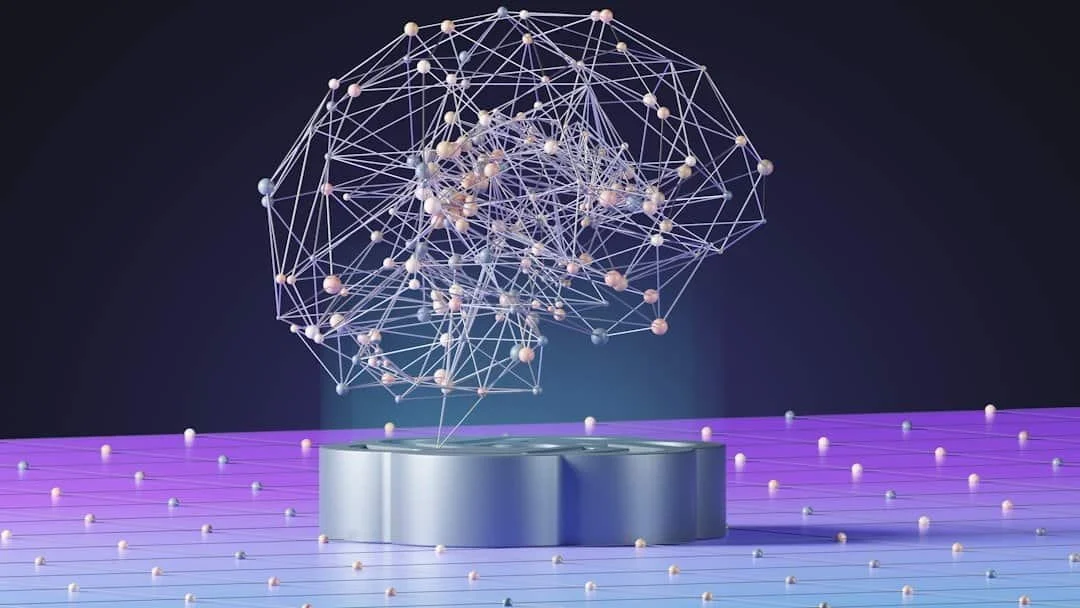How EMDR Therapy Works for Complex Trauma (C-PTSD)
To understand how EMDR therapy works for complex trauma, we must first grasp its underlying theory: the Adaptive Information Processing (AIP) model. This model posits that the brain naturally processes information and moves towards mental health. When a traumatic event occurs, particularly repeated ones, this natural processing system can get overwhelmed, and the memories become “stuck” or maladaptively stored.
They remain isolated in neural networks, retaining their original emotional, sensory, and cognitive components, and are easily triggered by current events. This is why a sound or a smell can instantly transport someone with trauma back to a terrifying past moment. For complex trauma, the challenge is amplified. Instead of a single “stuck” memory, there’s a network of interconnected traumatic memories, often pre-verbal or non-verbal, interwoven with core negative beliefs about oneself (e.g., “I am worthless,” “I am unlovable,” “I am unsafe”).
These deeply ingrained negative self-beliefs are often what drive current dysregulation and relational difficulties. EMDR’s goal is to help the brain reprocess these fragmented and unprocessed memories, allowing them to integrate with more adaptive information and become part of a coherent life narrative, rather than remaining as fragmented, active wounds.
The Pervasive Effects of Complex Trauma or C-PTSD
Our brains are incredibly adaptive, especially during childhood. When faced with traumatic experiences, this adaptability can lead to changes in the brain’s structure and function. Key players, such as the hippocampus, amygdala, and prefrontal cortex, become involved, each influencing how memories are processed, stored, and recalled.
Processing Explicit vs. Implicit Memories
Explicit, non-traumatic memories are like a neatly organized library in the hippocampus—easy to access and recall. They’re factual, answering the questions of who, what, where, when, and how.
In contrast, implicit traumatic memories are like scattered puzzle pieces. Hyperactivity in the amygdala during stress causes these memories to be stored in a fragmented way. They can unexpectedly surface through sensory triggers, causing emotional reactions without you even realizing why.
Understanding EMDR Therapy
EMDR therapy, taking shape in the 1980s, was pioneered by Dr. Francine Shapiro as a novel approach to treating PTSD and trauma. It’s anchored in the Adaptive Information Processing (AIP) model, which hinges on the belief that our brains, much like our bodies, have an innate ability to heal. Trauma, however, can disrupt this natural recovery process, derailing our mental state from its healthiest form.
How EMDR Therapy Works
EMDR therapy provides a safe haven for trauma survivors to reprocess distressing memories. At the heart of this therapy is bilateral stimulation, often through rapid eye movements. Picture your mind as a library, chaos reigning with books scattered about. EMDR therapy helps you reorganize those chaotic memories, guiding you safely through thoughts and sensations, allowing for healing and clarity.
Understanding the EMDR Therapy Process
Eye Movement Desensitization and Reprocessing, or EMDR therapy, is a structured therapy that helps individuals process traumatic memories. Generally, people notice improvements within 6 to 12 sessions, but those dealing with complicated trauma might require a longer journey. Why? Because complicated trauma isn’t just a single event—it’s an accumulation of various traumatic experiences over time, layered and intertwined.
Unraveling Layers of Trauma
Each EMDR therapy session is a step towards untangling these layers. Think of it like peeling an onion; with each session, another layer of trauma is addressed, bringing you closer to healing. This goal-oriented approach has a proven track record, helping individuals not just cope but truly recover from the heavy burden of past traumas.
If you’re struggling to untangle the storm of complicated trauma left behind by past experiences, trauma therapy in Colorado Springs may be an effective therapeutic option for you. This groundbreaking therapy helps you process and integrate traumatic memories, leading to healing and growth. Why not reach out today for a free consultation for EMDR therapy in Colorado Springs with a trauma therapist?
Our specialty is working with complex trauma cases. We offer a supportive and understanding environment where we can discuss the issues you’re facing in your daily life. Whether it’s overwhelming anxiety, persistent flashbacks, or emotional numbness, sharing your experience is the first step toward relief. Together, we can create a personalized plan to help you move past these barriers.


